The starting block is one of the most critical pieces of equipment in sprinting, yet its setup is often overlooked or misunderstood. The angles at which these blocks are positioned can significantly influence an athlete's explosive power out of the gate. While many sprinters focus on strength training and technique, the geometry of their starting blocks plays an equally vital role in maximizing their initial burst of speed.
For decades, coaches and athletes have experimented with different block angles to find the optimal setup. The front block is typically set at a sharper angle, around 45 degrees, while the rear block is often positioned at a more obtuse angle, closer to 65 or 70 degrees. These angles are not arbitrary; they are designed to allow the sprinter to generate maximum force while maintaining balance and control during the first few explosive steps.
The relationship between block angles and power output is rooted in biomechanics. When the front block is set at a steeper angle, it allows the athlete to push off with greater force, engaging the quadriceps and glutes more effectively. The rear block, positioned at a shallower angle, helps stabilize the body and provides a secondary push as the sprinter transitions into an upright running position. If either angle is too extreme, it can lead to wasted energy or even loss of balance, which can be disastrous in a race decided by hundredths of a second.
Interestingly, the ideal angles can vary depending on the athlete's body proportions and strength distribution. Taller sprinters, for instance, may benefit from slightly adjusted angles to accommodate their longer limbs. Similarly, sprinters with exceptionally powerful hamstrings might modify their rear block angle to capitalize on that strength. This individual variability is why many elite sprinters spend hours fine-tuning their block setup during training sessions.
Another factor to consider is the surface interaction between the starting blocks and the track. Modern tracks are made of high-performance materials that provide excellent traction, but if the blocks are angled incorrectly, the sprinter's force can be misdirected. The ideal angle ensures that the force generated by the legs is transferred efficiently into forward motion rather than being partially absorbed by unnecessary vertical movement.
Research has shown that even minor adjustments in block angles can lead to measurable differences in start times. A study involving collegiate sprinters found that altering the front block angle by just five degrees improved reaction times by an average of 0.03 seconds—a substantial margin in elite competition. This demonstrates how precision in setup can make the difference between winning and losing at the highest levels of the sport.
Beyond the physical mechanics, there’s also a psychological component to block positioning. Many sprinters develop a strong mental association between their preferred angles and their readiness to explode off the line. Changing these angles, even if biomechanically sound, can sometimes disrupt an athlete's rhythm and confidence. This is why adjustments are usually made gradually, allowing the sprinter to adapt both physically and mentally to the new setup.
As technology advances, we’re seeing more tools designed to help optimize starting block angles. Force plates and motion capture systems are now used in training facilities to analyze the exact forces exerted during the start. These tools provide real-time feedback, allowing coaches and athletes to make data-driven decisions about block placement. While traditional methods relied on feel and experience, modern sprinters have the advantage of precision engineering to fine-tune their setups.
Despite these technological advancements, the fundamentals remain unchanged. The starting blocks must facilitate a powerful, balanced launch, and the angles must suit the individual athlete’s physiology. Whether through high-tech analysis or old-school trial and error, finding the perfect configuration is an essential step in any sprinter’s journey to peak performance.
In the end, the starting block angles are just one piece of the puzzle, but they are a crucial one. A well-positioned set of blocks won’t compensate for poor technique or lack of strength, but when combined with proper training, they can help unlock an athlete’s full explosive potential. For sprinters looking to shave those critical fractions of a second off their times, revisiting their block setup might be the key to gaining an edge over the competition.

By Elizabeth Taylor/May 9, 2025

By David Anderson/May 9, 2025

By Amanda Phillips/May 9, 2025

By Victoria Gonzalez/May 9, 2025
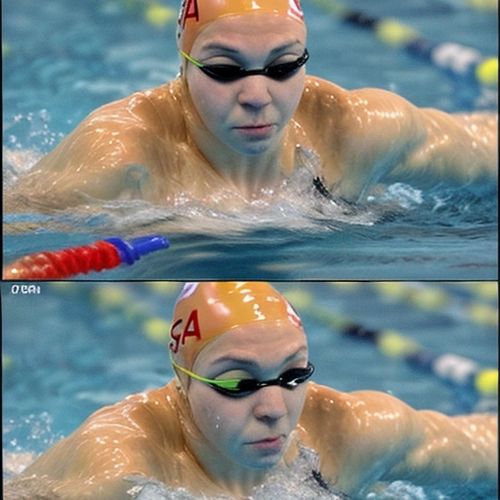
By Rebecca Stewart/May 9, 2025

By Michael Brown/May 9, 2025
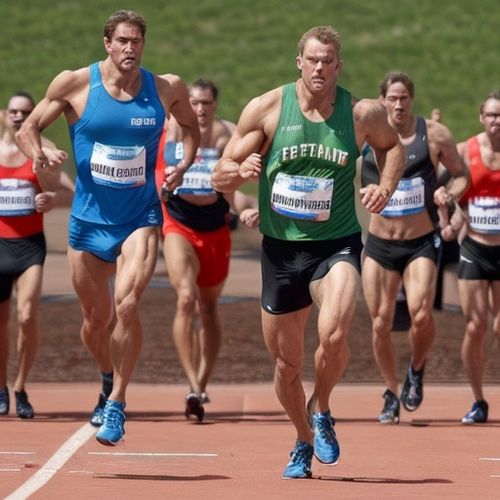
By William Miller/May 9, 2025
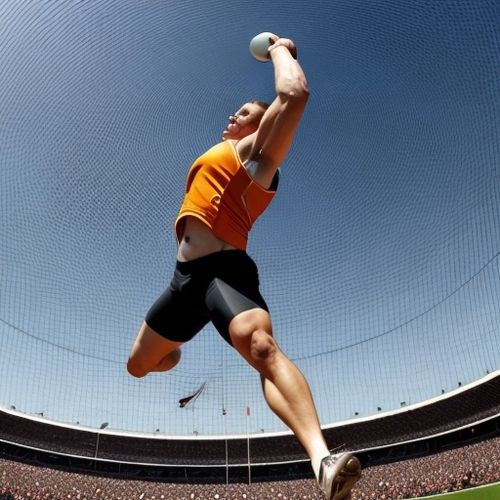
By James Moore/May 9, 2025
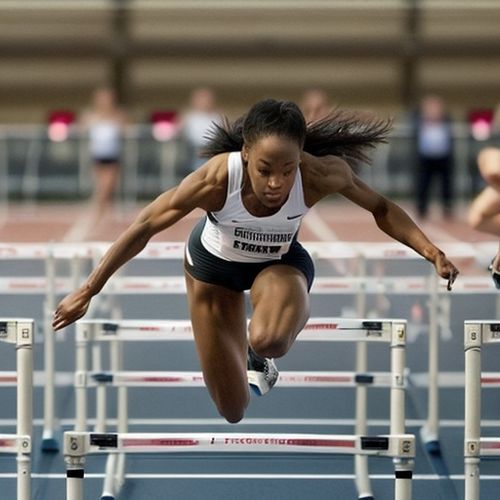
By Christopher Harris/May 9, 2025
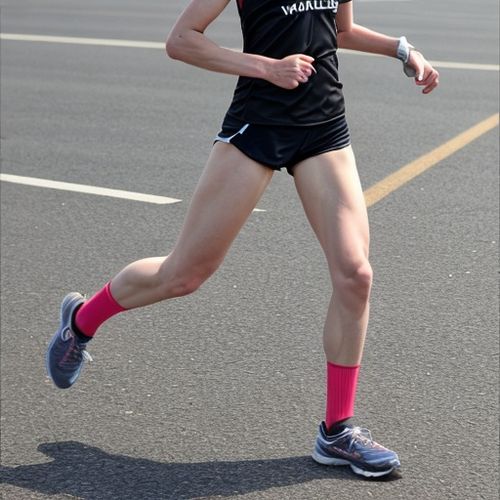
By George Bailey/May 9, 2025
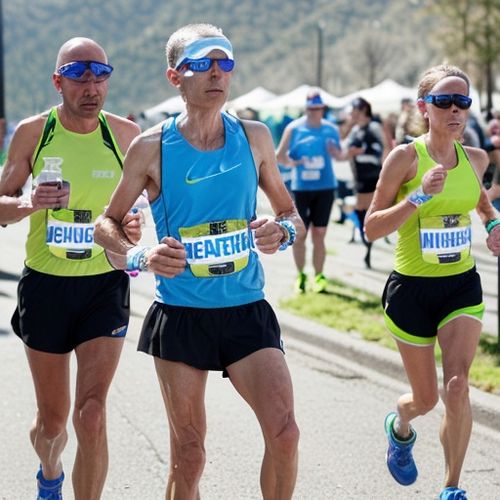
By John Smith/May 9, 2025

By John Smith/May 9, 2025
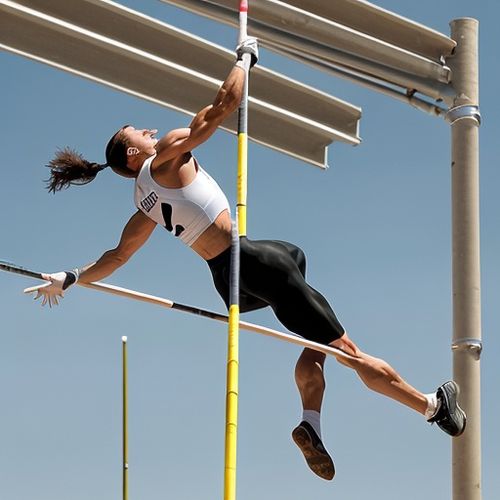
By Samuel Cooper/May 9, 2025
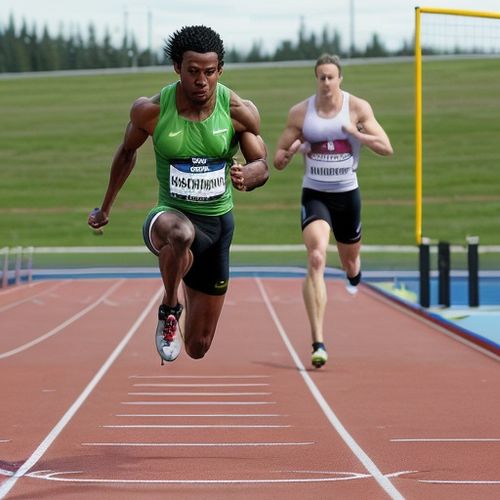
By Christopher Harris/May 9, 2025
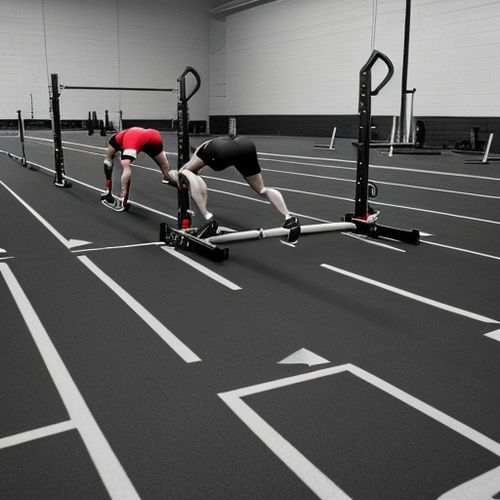
By Megan Clark/May 9, 2025
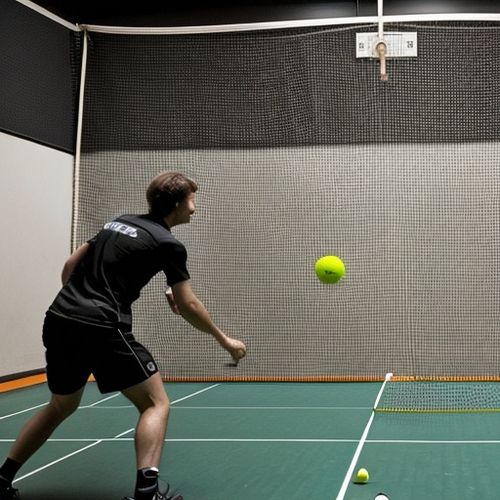
By Victoria Gonzalez/May 9, 2025

By William Miller/May 9, 2025
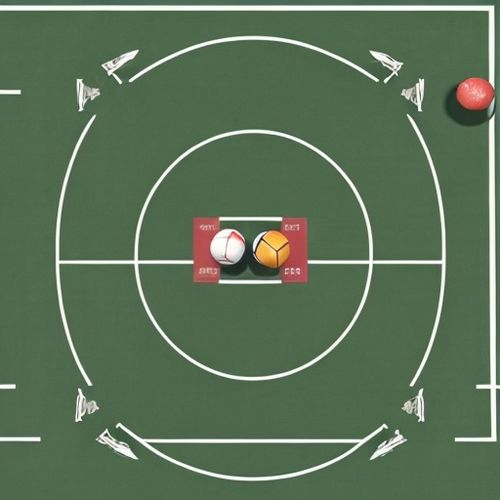
By Natalie Campbell/May 9, 2025
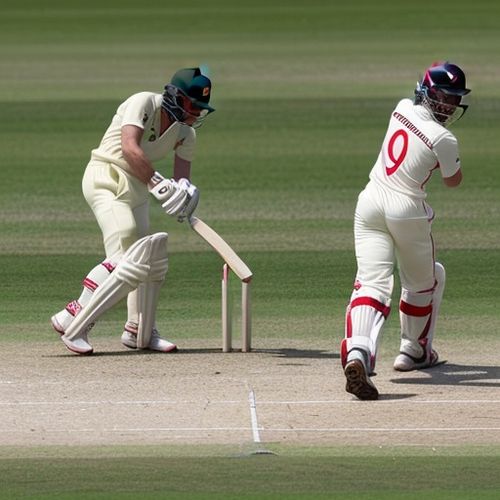
By Megan Clark/May 9, 2025
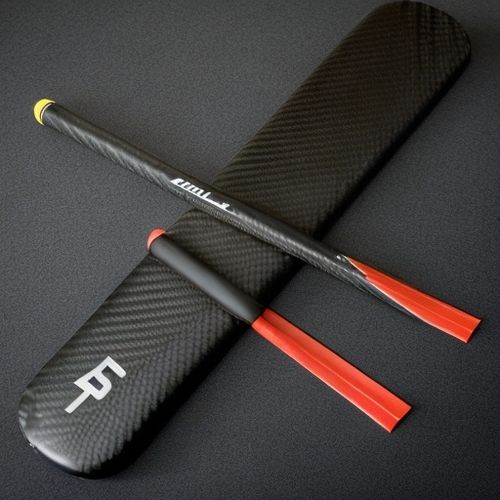
By Michael Brown/May 9, 2025